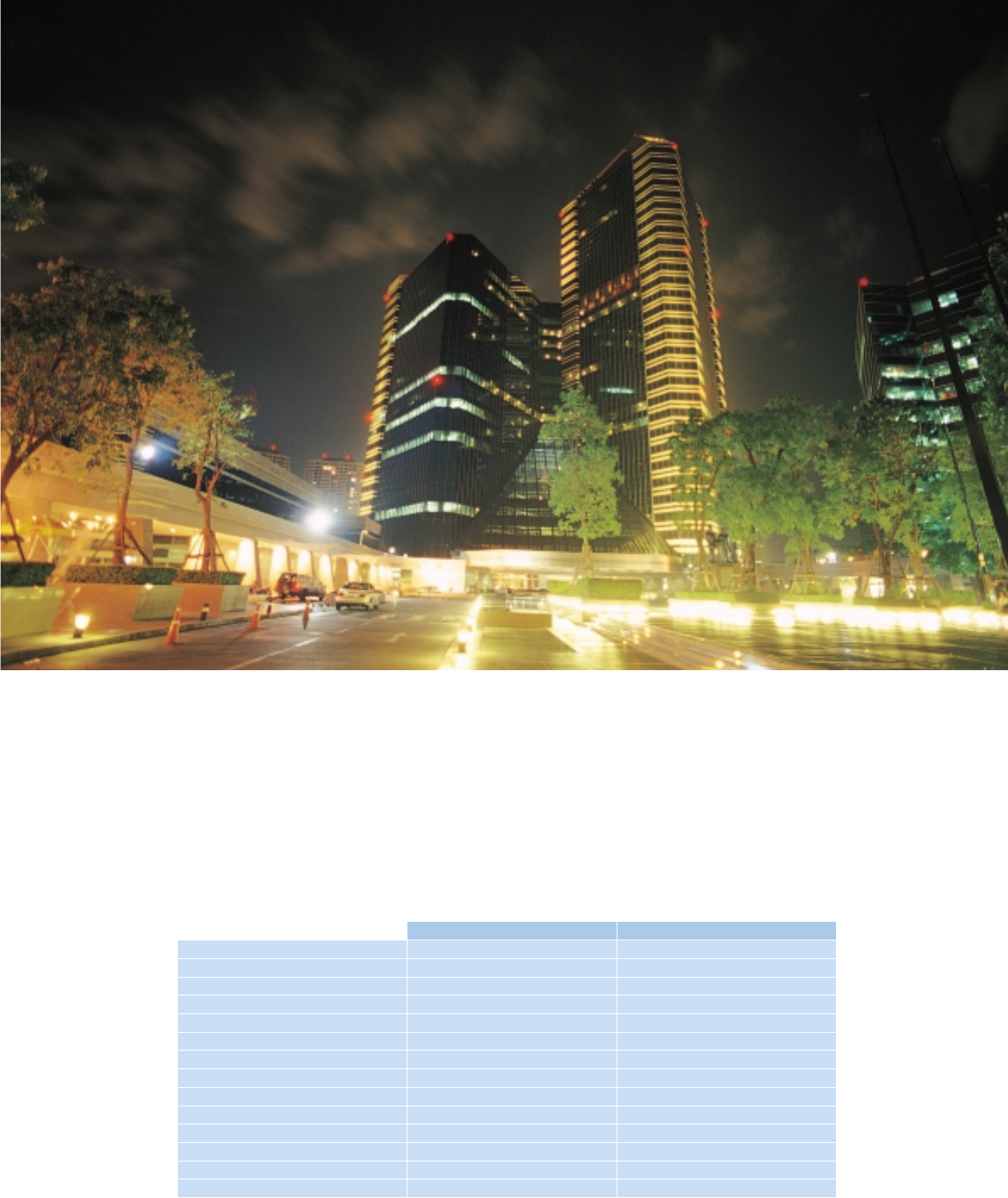
The benefits of LED technology
LEDs are a time tested solid state technology that emits a single colour of
light when an electric current is applied. They are revolutionising the lighting
world. Numerous benefits of this technology include extreme long life,
reliability and exceptional energy efficiency. Compared to a standard
incandescent solution the benefits in energy consumption and maintenance of
using the ObstiVision
LED solution are clear:
Save time, money and hassle with ObstiVision
The efficiency, reliability and freedom from maintenance that characterise
ObstiVision will save you money over time! Considering the cost of
ownership, you can have your payback period as short as 1 year by using
ObstiVision as compared to the conventional obstruction lighting system.
Lamp
Power consumption per luminaire (for Type A)
Lamp average life (hours)
Lamp life warranty
ICAO standard met
IP protection against dust and water
Operating voltage
Weight
Wind load at 200 km/h
Operating temperature
Light Intensity (
ICAO low intensity type A)
Colour
Vibration resistance
Supply voltage affect on light output
Incandescent or special incandescent
100w (200W twin type)
4000 hours (50% burnt out)
Not available
Ye s
Typically
IP55
220-240Vac 50 Hz
5.0-7.5 kg
Higher than 40N
-55 to +55 degrees Celsius
>10 cd for Type A, >32 cd for Type B
Aviation Red
(ICAO)
Susceptible to failure due to shock and vibration
Intensity varies with voltage fluctuation
High intensity light emitting diode
(LED)
Max 7W
100,000 hours
5 years
Ye s
IP65 (dust tight and jet proof)
210-250Vac constant light output or 24Vdc/48Vdc
<1.0 kg
Less than 40N
-40 to +70 degrees Celsius
>10 cd for Type A, >32 cd for Type B
Aviation Red
(ICAO)
Resistant to shock and vibration
Stable with constant current generator (210-250V)
Typical Incandescent type Philips ObstiVision low intensity type A
Benefit Comparison








